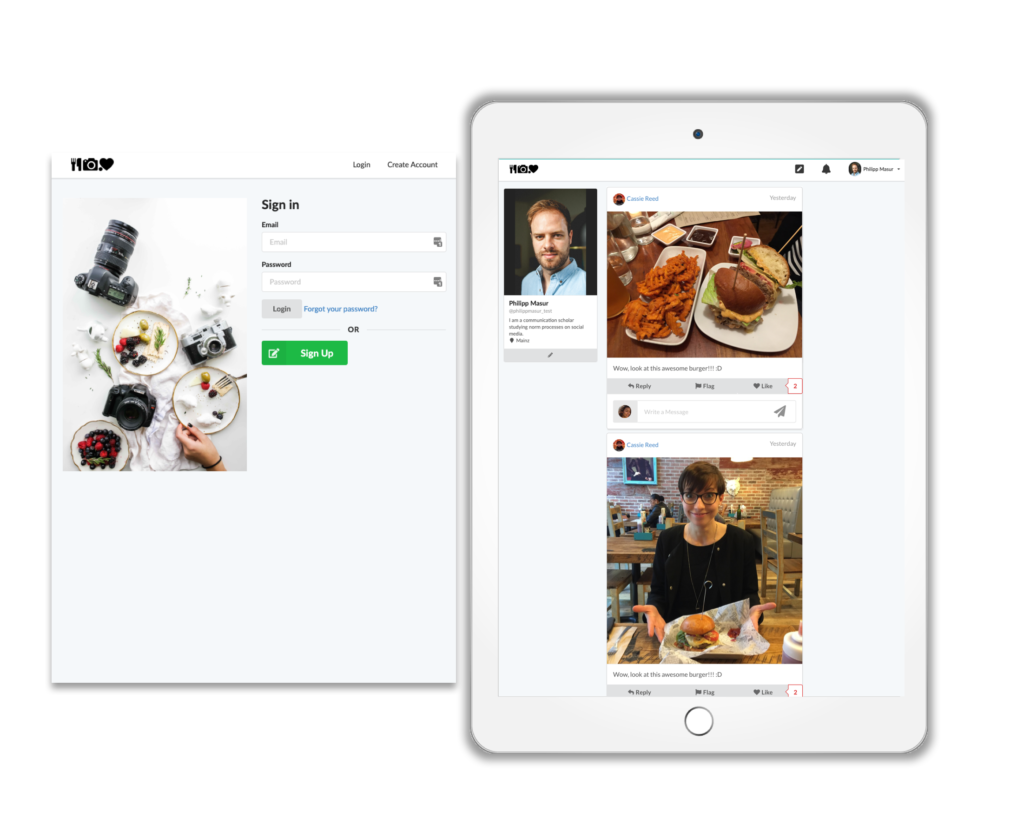Social norms are powerful determinants of human behaviors in offline and online social worlds. While previous research established a link between norm perceptions and self-reported disclosure on social network sites (SNS), questions remain about downstream effects of prevalent behaviors on perceived norms and actual disclosure on SNS.
Short overview
In this project, we conducted three preregistered studies of visual disclosure using a realistic social media simulation. We further analyzed buffering effects of critical media literacy and privacy nudging. The results demonstrate a disclosure behavior contagion, whereby a critical mass of posts with visual disclosures shifted norm perceptions, which, in turn, affected perceivers’ own visual disclosure behavior. Critical media literacy was negatively related and moderated the effect of norms on visual disclosure intentions. Neither critical media literacy nor privacy nudge affected actual disclosure behaviors, however. These results provide insights into how behaviors spread on SNS, as well as the role of other factors on visual disclosures.
More information and materials:
More information about the project, a computationally reproducible preprint of the paper, as well as all data and analysis scripts can be found here:
Truman
To investigate causal effects, we developed a research design that allows for a combination of realism and control using a social media simulation implemented within a fully functional social media platform called EatSnap.Love. This platform looks similar to Instagram and Twitter, but invites users to share food-related posts (see Figure 1). Users are able to sign up and create an account, scroll through a feed of food-related posts, share pictures of themselves, and like or respond to post of other users. Within this platform, an additional implementation called Truman (named after the 1998 film The Truman Show) allows a simulation of a realistic and operational, but fully controlled social media environment, which is identical for all participants by experimental conditions. In this simulated environment, participants observe, interact, and communicate with other users that they believe are real human beings, but which are actually bots programmed to behave and respond according to the experimental conditions.

Figure 1: The social network site EatSnap.Love (left: sign in page; right: example of how the platform and the feed looks like to the user). The amount of posts in which the users disclosed themselves (an example is the lower post in the feed) was manipulated.